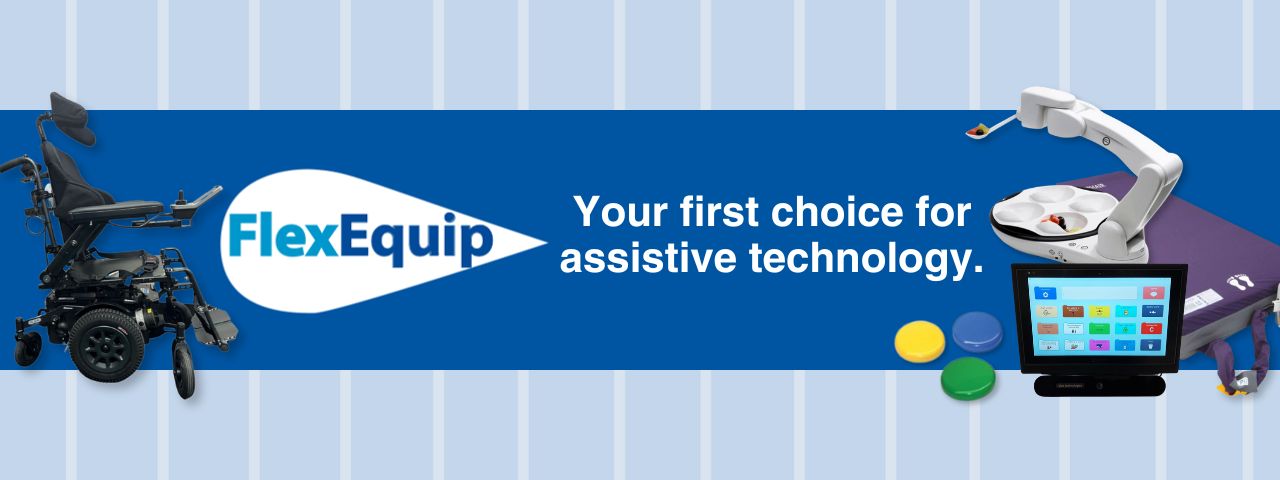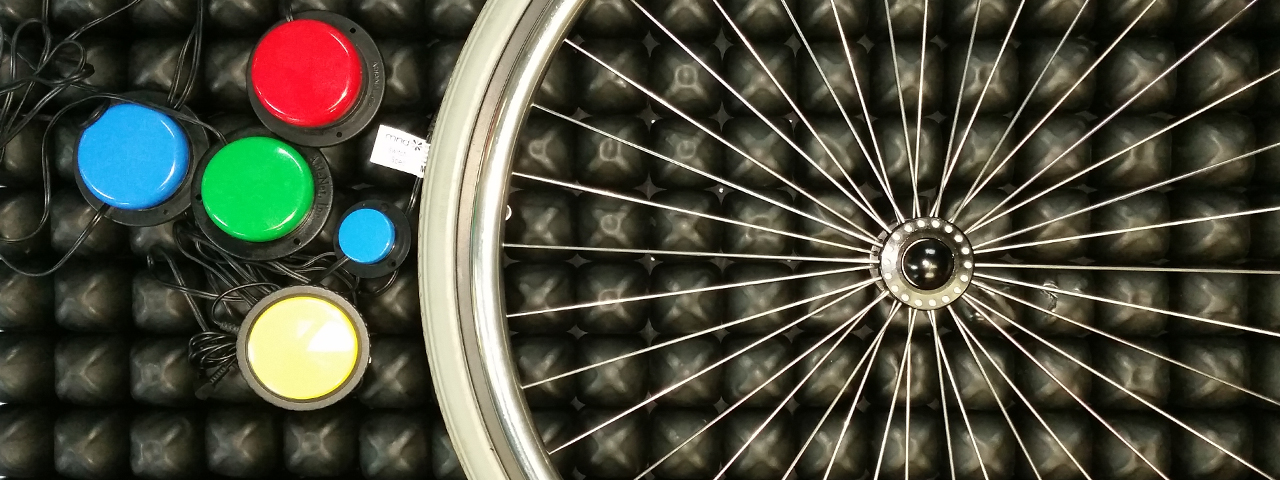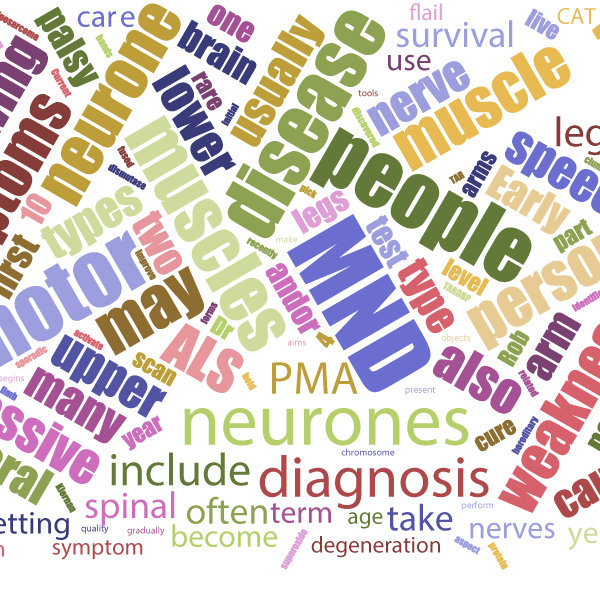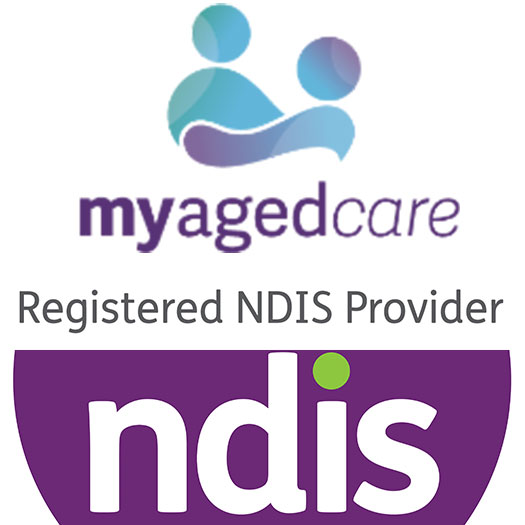MND can be classified into four main types depending on the pattern of motor neurone involvement and the part of the body where the symptoms begin.
1. Amyotrophic lateral sclerosis (ALS)
- ALS is the most common form accounting for about 70% of cases of MND
- both upper and lower motor neurones are affected
- limb muscle weakness and wasting.
ALS is the most common type, characterised by muscle weakness and stiffness, over-active reflexes and, in some cases, rapidly changing emotions. Initially the limbs cease to work properly. The muscles of speech, swallowing and breathing are usually also later affected. ALS is the term commonly applied to MND in many parts of the world.
2. Progressive bulbar palsy (PBP)
- PBP accounts for around 20% of cases of MND
- both upper and lower motor neurones are affected
- speech and swallowing muscle weakness and wasting.
When ALS begins in the muscles of speech and swallowing it is designated PBP. PBP, mixed bulbar palsy and pseudo-bulbar palsy involve the muscles of speech and swallowing. The nerves that control these functions are located in the bulb (the lower part of the brain), hence the term bulbar palsy (paralysis). The limb muscles may also later be affected.
3. Progressive muscular atrophy (PMA)
- PMA is a rare form of MND that accounts for around 5% of cases of MND
- lower motor neurones are affected
- slower rates of progression and significantly longer survival compared to ALS and PBP.
PMA is characterised initially by lower motor neurone signs resulting in more generalised muscle wasting and weakness, absent reflexes, loss of weight and muscle twitching. PMA can be the hardest form of MND to diagnose accurately. Recent studies indicate that many people diagnosed with PMA subsequently develop upper motor neurone signs. This would lead to a reclassification to ALS. PMA may begin in the arms (flail arm type) or the legs (flail leg type).
4. Primary lateral sclerosis (PLS)
- PLS is most rare form of MND accounting for roughly 3% of cases of MND
- upper motor neurones are affected
- diagnosis is often provisional.
What is Kennedy’s disease?
Kennedy’s disease is a disorder of motor neurones which is not motor neurone disease. It is an inherited disorder affecting adult males causing slowly progressive weakness and wasting of muscles with only lower motor neurone involvement and other features.
Reference: Types of MND: ALS, PLS, PBP, PMA, MND/FTD | MND Australia










